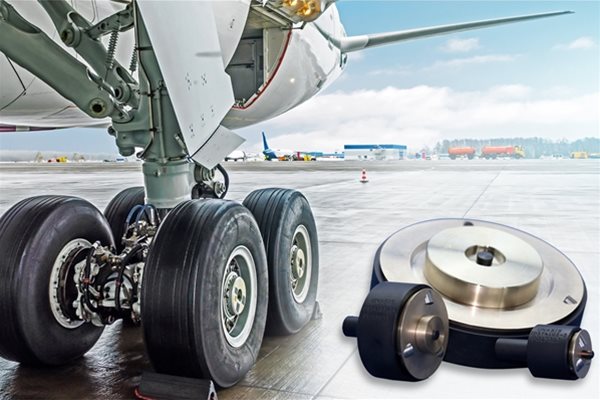The landing gear on an airplane is a marvel of engineering and a crucial part that ensures every plane can take off and rest safely. It’s a system that frequently isn’t noticed by passengers when they board and deplane flights, but it’s crucial to an airplane’s overall safety and functionality. In this thorough examination, you will delve into the intricate workings of aircraft landing gear, examining its numerous parts and its crucial function in aviation.
- The Basics of Aircraft Landing Gear
The landing gear of the aircraft is really a complicated system designed to offer the aircraft through the landing, taxiing, and takeoff processes. It consists of several essential parts, because both versions is made to execute a certain function. When a plane is landing or removing, probably the most important responsibilities from the landing gear would be to evenly distribute the aircraft’s weight across a sizable area to safeguard the airframe from being broken.
- Primary and Auxiliary Landing Gear
The primary landing gear and also the nose landing gear would be the two primary kinds of landing gear which are generally seen on aircraft. A lot of the weight the aircraft carries is based on the main landing gear, that is located beneath the aircraft’s wings. However, the nose landing gear is situated in front from the aircraft and accounts for maintaining the aircraft’s stability during taxiing and takeoff. Both of these teams of landing gear interact to guarantee the landing is really as smooth and safe as you possibly can.
- Shock Absorption and Struts
One of the most important jobs an aircraft landing gear must do is cushion the impact of landing as the plane touches down. This really is thanks to utilizing shock-absorbing struts, that are engineered to compress upon contact to cushion the landing forces and lower force on the aircraft’s structure. It’s quite common practice to fill these struts with hydraulic fluid, which further increases the shock-absorbing capacities from the struts.
- Tires and Wheel & Brake Assemblies
The tires used on an airplane are not made of rubber-like those used on most cars. They have been engineered to withstand the enormous pressures and weight of flying in an airplane. There are two main types: single-piece and split wheels. These tires are attached to aircraft wheel and brake assemblies, which are an essential part of the landing gear system. During landing and taxiing, the pilot can control the aircraft’s speed with the braking system.
- Retraction and Extension Mechanism
The landing gear of the aircraft isn’t necessarily extended rather, it may be retracted in to the fuselage from the aircraft even though it is flying to reduce the quantity of drag felt by the aircraft. Hydraulic and electric systems are utilized to manage the retraction and extension of landing gear, making certain the procedure is as smooth as you possibly can. Once the plane will get close enough towards the airport terminal where it’ll land, the landing gear will extend once again to make sure a secure touchdown.
- Weight Distribution and Center of Gravity
The load distribution and the middle of gravity of the aircraft should be maintained within the places which have been going to be optimal for that control and stability from the aircraft. Both the position of the landing gear and the style of it play an important role in accomplishing this degree of stability within the vehicle. The load from the aircraft could be spread evenly through the landing gear, which supplies the pilots having the ability to ensure a secure and steady touchdown.
- Emergency Landing Gear Systems
If the primary set of landing gear has an issue or fails, emergency landing gear systems are frequently installed in airplanes. These systems might rely on alternative techniques to cushion the landing, like foam runways, or they might feature backup landing gear that can be manually deployed in case the primary gear fails. Alternately, these systems could consist of both of these components.
Conclusion
Every airplane is equipped with complicated and essential landing gear. It contributes to the stability and safety of the aircraft overall and offers crucial assistance during takeoff and landing. It also helps to lessen landing stress. The different parts, such as the main landing gear, nose landing gear, shock-absorbing struts, tires, and Wheel and brake Assemblies, all function in unison to guarantee a secure and comfortable landing. Understanding how this complex system works is a testament to the engineering skill that supports contemporary flying. So, the next time you board a plane, take a moment to admire the ingenious engineering that went into the landing gear that allows you to fly.










